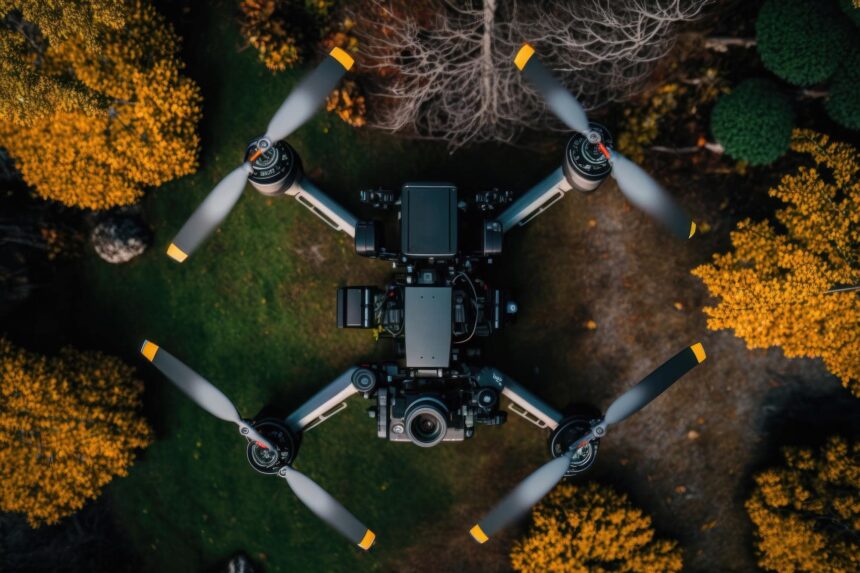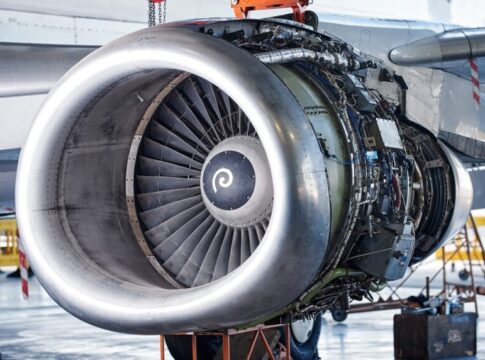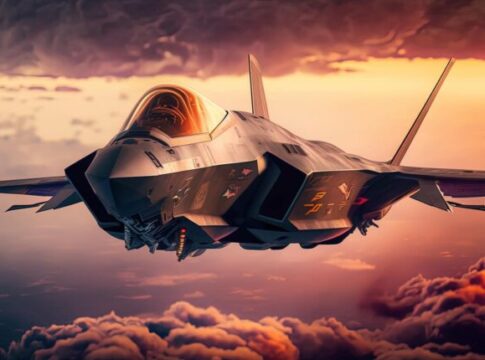Unmanned Aerial Vehicles (UAVs), commonly known as drones, are playing an increasingly significant role in the future of military operations. These unmanned aircraft offer a range of capabilities that are reshaping the way military forces conduct missions and providing strategic advantages. Here are some key aspects of UAVs and their impact on military operations:
- Surveillance and Reconnaissance: UAVs are extensively used for intelligence, surveillance, and reconnaissance (ISR) missions. Equipped with high-resolution cameras, thermal imaging sensors, and other advanced sensors, UAVs provide real-time situational awareness and gather critical information on enemy movements, terrain analysis, and target identification. They can operate for extended periods, cover large areas, and access hard-to-reach or dangerous locations, enhancing military intelligence capabilities.
- Target Acquisition and Strike Capabilities: UAVs are utilized for precision targeting and strike operations. Armed UAVs, such as armed drones or unmanned combat aerial vehicles (UCAVs), can carry and launch guided missiles, bombs, or other munitions to engage targets accurately and minimize collateral damage. Their ability to loiter over an area for an extended duration allows for persistent surveillance and the timely engagement of targets.
- Force Protection and Counterterrorism: UAVs provide enhanced force protection by conducting surveillance and reconnaissance in potentially hostile environments. They can monitor borders, patrol perimeters, and detect threats, thus reducing the risk to military personnel. UAVs are also employed in counterterrorism operations to track and neutralize high-value targets, disrupt enemy communication networks, and gather intelligence for preemptive strikes.
- Battlefield Awareness and Command and Control: UAVs improve battlefield awareness by providing real-time data and imagery to commanders on the ground. This information enables more informed decision-making, efficient allocation of resources, and improved situational awareness for ground forces. UAVs can serve as communication relays, extending the range and coverage of communications networks, ensuring seamless connectivity even in remote or challenging environments.
- Force Multiplier and Scalability: UAVs offer a force multiplier effect by augmenting the capabilities of manned aircraft and ground forces. They can operate in conjunction with other assets, such as fighter jets, helicopters, and ground-based units, to provide complementary support and enhance overall operational effectiveness. UAVs can be deployed in swarms, allowing for coordinated actions, distributed sensing, and overwhelming enemy defenses.
- Reduced Risk to Personnel: By employing UAVs, military forces can minimize the risk to personnel in dangerous or high-threat environments. Instead of exposing pilots or soldiers to direct combat or hazardous situations, UAVs can perform missions remotely, reducing the likelihood of casualties and injuries. This aspect of UAVs enhances safety and allows military personnel to focus on decision-making and critical tasks.
- Logistics and Resupply: UAVs have the potential to revolutionize military logistics and resupply operations. They can transport supplies, equipment, and medical aid to remote or inaccessible areas, eliminating the need for ground convoys or manned flights in dangerous regions. UAVs can be deployed to deliver urgent supplies to troops on the front lines, supporting sustained operations and reducing the logistical burden on traditional supply chains.
- Rapid Deployment and Flexibility: UAVs offer rapid deployment and flexibility, allowing military forces to respond quickly to emerging threats or changing operational requirements. They can be rapidly launched from various platforms, including land-based stations, ships, or aircraft, providing on-demand capabilities for surveillance, target acquisition, or strike missions. UAVs can be easily reprogrammed or equipped with different payloads to adapt to evolving mission objectives.
As technology continues to advance, UAVs will play an increasingly crucial role in military operations. They offer numerous advantages, including enhanced situational awareness, reduced risk to personnel, improved operational efficiency, and increased precision in targeting. However, challenges remain, such as regulatory frameworks, ethical considerations, and the need to develop countermeasures against potential threats posed by hostile drones. Nonetheless, the future of military operations will see UAVs as an integral part of military strategies and capabilities.








